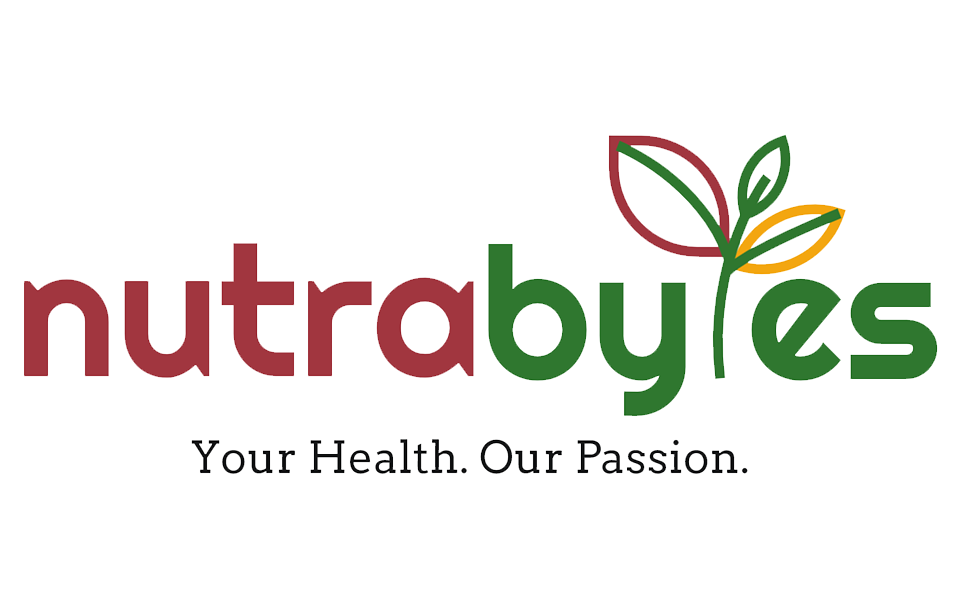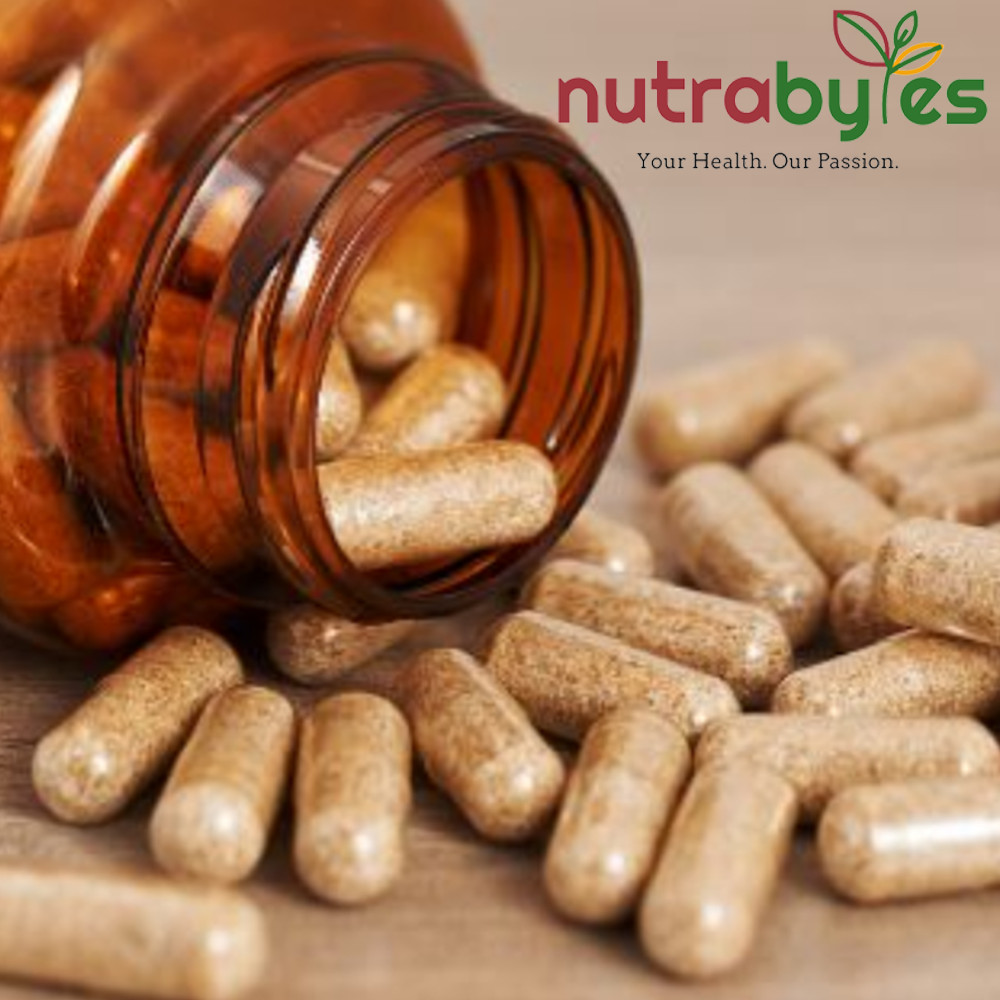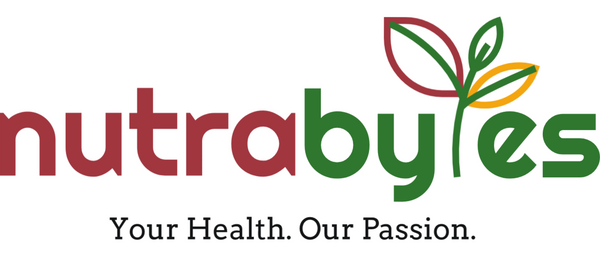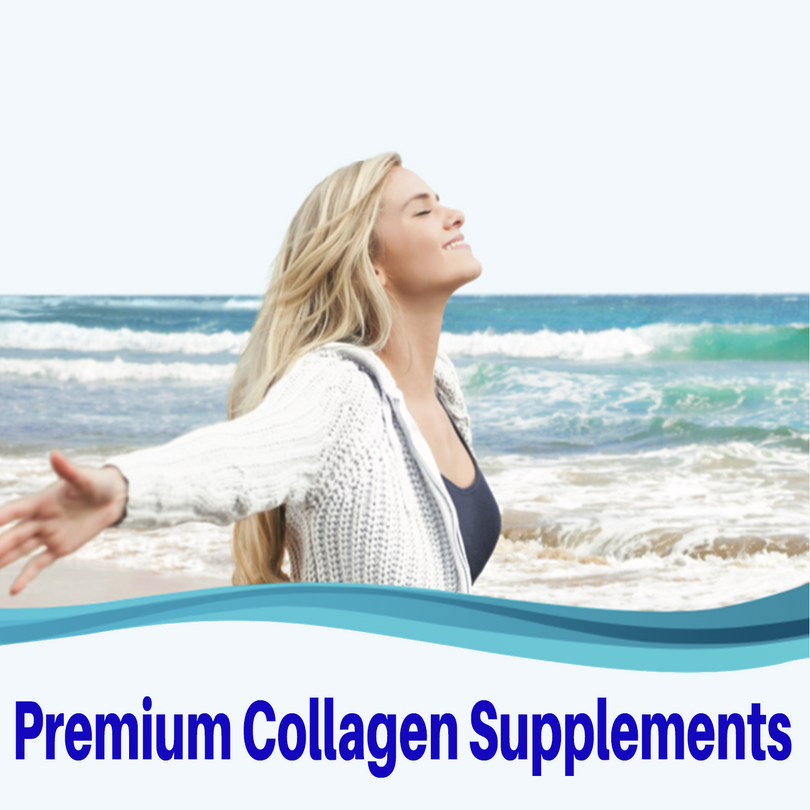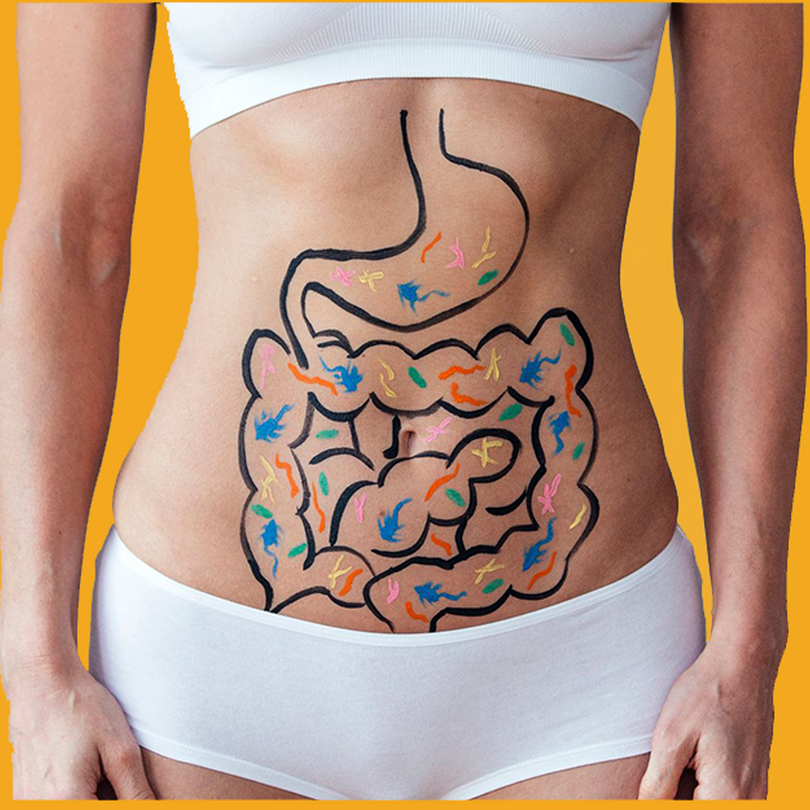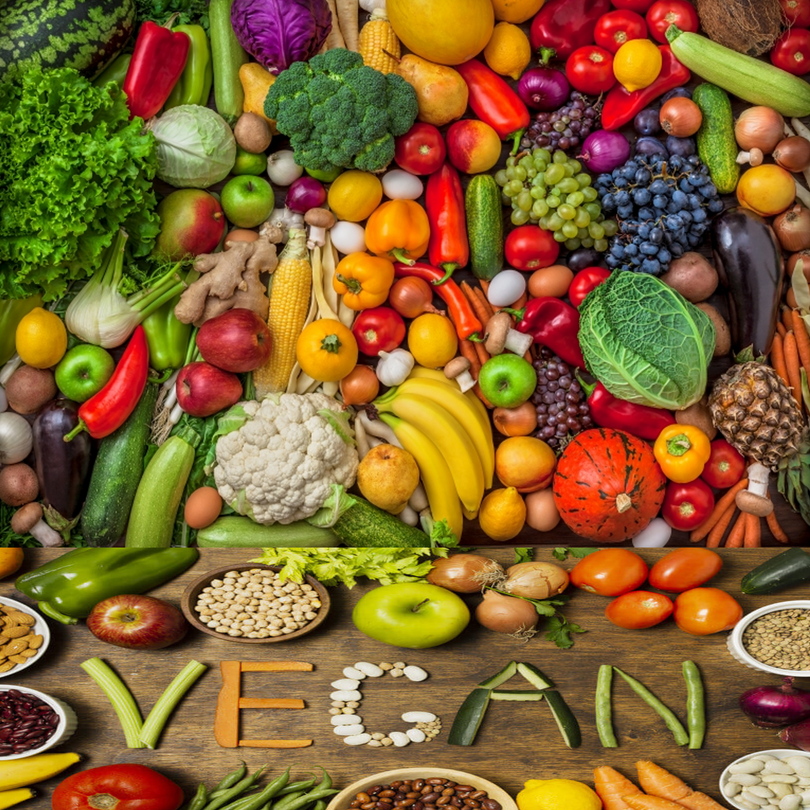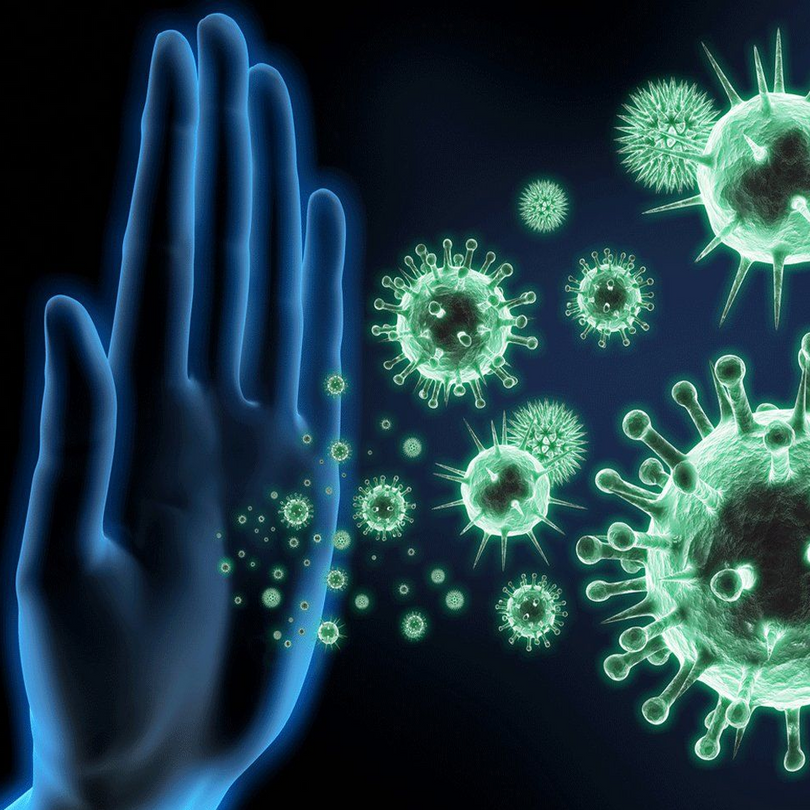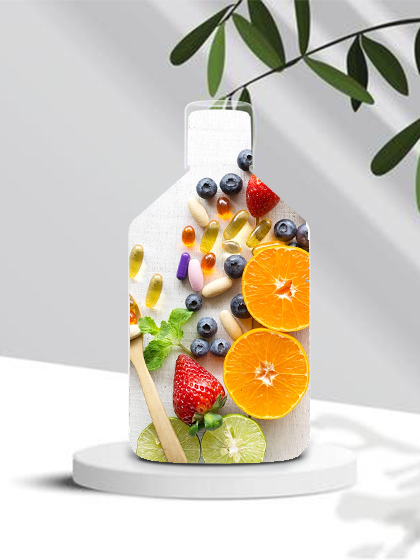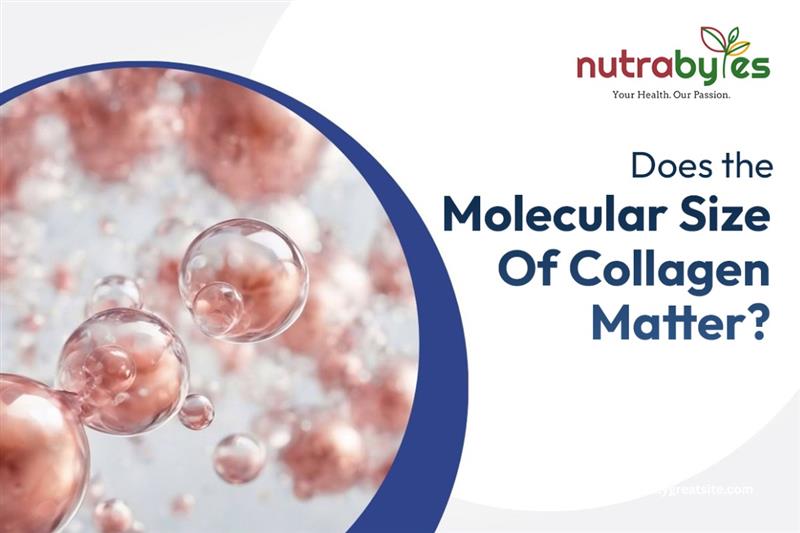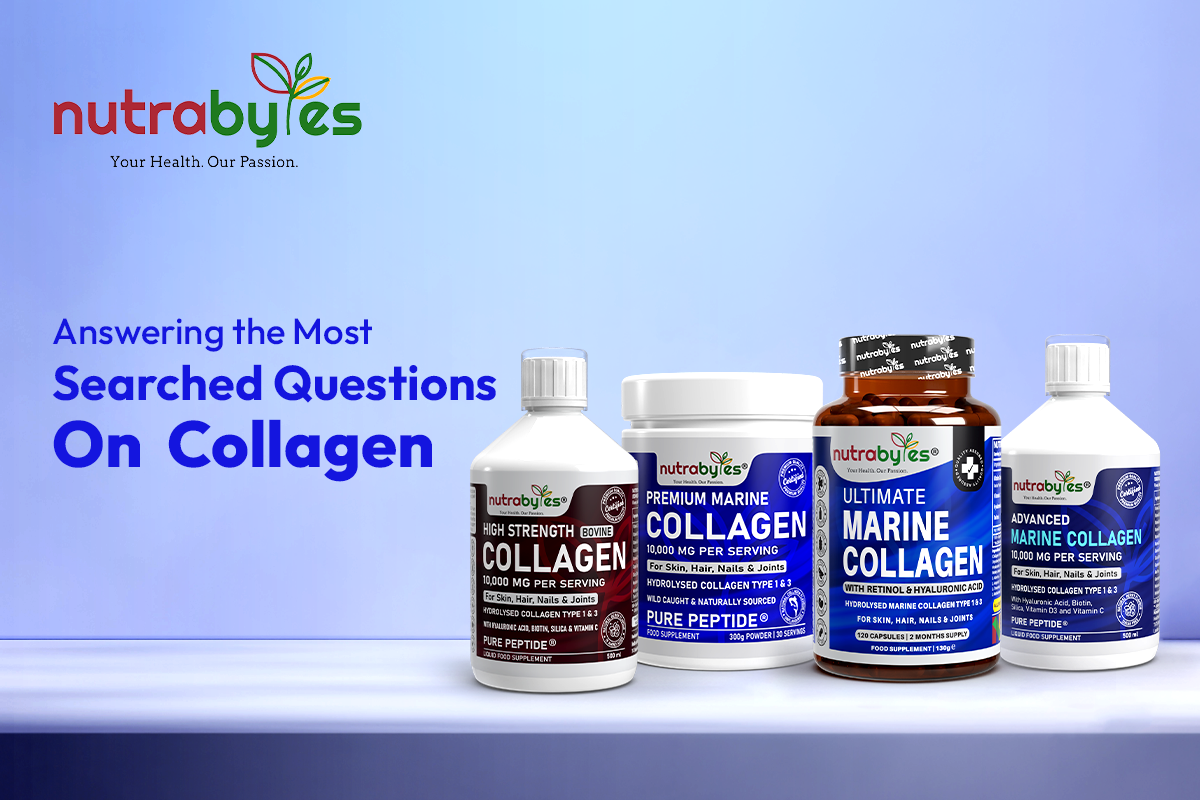Does the Molecular Size of Collagen Matter?
Continuing where we left off in the Breaking Down the Science Behind Collagen blog, let’s dive deeper to look at how the molecular size of hydrolysed collagen peptides impacts their effectiveness.
When searching for the right collagen supplements, you will come across terms like “4000 Da” or “300 kDa” on the packaging or the promotional material. What should these terms mean to you as a potential collagen buyer?
There are a lot of related ideas you will need to get through before you understand the implications of a “4000 Da” printed on a collagen supplement. Let’s break these BIG ideas into simpler, more easily “digestible” ones so you can grasp them faster!
What You Should Know About Bioavailability
Bioavailability refers to how easily (the amount and the rate) any substance is absorbed by the body and is available for use by it.
The bioavailability of collagen refers to how easily collagen is absorbed by the gut into the bloodstream so that it can be put to use by the body.
The higher the bioavailability of collagen, the more likely it is to be assimilated into your bloodstream and put to work at the site of action.
This begs the question: how do I ensure that my body absorbs the maximum amount of collagen that I consume into the bloodstream?
Several factors affect bioavailability. The factors most relevant to this discussion are as follows:
|
Factors That Impact the Bioavailability of Collagen |
How To Optimise These Factors To Improve Bioavailability |
|
Particle Size |
“Native collagen” is a term used to describe unprocessed or natural collagen. The particle size of an unprocessed collagen molecule is very large, meaning it is hard for these to pass through the pores of the gut and into the bloodstream. They need to be broken into smaller, easily digestible forms so they are able to pass through the sieve-like nature of the gut. Hence, vendors break down the larger amino acid chains of natural collagen through a process called hydrolysis into smaller amino acid chains called peptides. These are more bioavailable. |
|
Water of Hydration |
During the process of hydrolysis, water molecules are added to the peptide chains, which improves solubility and bioavailability. It is known that protein hydrolysates are easier to digest and absorb compared to intact proteins. |
|
Empty stomach |
Absorption is generally reduced after the ingestion of a meal. |
Molecular size, then, plays a significant role in collagen absorption. Which brings us to the next point of discussion: What’s a good molecular size of collagen to take?
Collagen Molecular Weight in Daltons Explained
A general trend is that the larger the molecule, the larger its molecular weight. Larger molecules also tend to have a larger size.
Da, which stands for Dalton, is the unit for measuring molecular weight, while nm is a unit of length and stands for nanometre ( = 1 × 10−9 m).
When you see 'collagen 1000 Da,' it means each peptide in the product has a molecular weight of 1000 Daltons.
A natural collagen molecule has an approximate molecular weight of 300,000 Da, a length of about 280 nm, and a diameter of 1.4 nm.
On the other hand, collagen peptides have molecular weights in the range of 3000-6000 Da, and their lengths will depend on the extent of hydrolysis.
Collagen peptides have a molecular weight that is, on average, 75 times lower than natural collagen. They are, in effect, easier to absorb than natural collagen.
Does that mean the lower the molecular weight the better the absorption? There is no conclusive evidence to suggest this, but the absorption of collagen peptides is much higher than that of natural collagen.
Wrapping Up
Nutrabytes® 100% Pure Marine Collagen Capsules are powered by Naticol®, a premium-quality marine collagen supplement with a low molecular weight of 4kDa. These hydrolysed collagen peptides are easily absorbed by the body, ensuring maximum effectiveness. Backed by research, Naticol® ensures you get high-quality, bioavailable collagen in every capsule. At Nutrabytes we are excited to bring these for you!
References
-
León-López, A., Morales-Peñaloza, A., Martínez-Juárez, V. M., Vargas-Torres, A., Zeugolis, D. I., & Aguirre-Álvarez, G. (2019). Hydrolyzed Collagen-Sources and Applications. Molecules (Basel, Switzerland), 24(22), 4031. https://doi.org/10.3390/molecules24224031
-
Gaurav Kumar Pal, P.V. Suresh, Sustainable valorisation of seafood by-products: Recovery of collagen and development of collagen-based novel functional food ingredients, Innovative Food Science & Emerging Technologies, Volume 37, Part B, 2016, Pages 201-215, ISSN 1466-8564, https://doi.org/10.1016/j.ifset.2016.03.015. (https://www.sciencedirect.com/science/article/pii/S1466856416300480)
Pu, S. Y., Huang, Y. L., Pu, C. M., Kang, Y. N., Hoang, K. D., Chen, K. H., & Chen, C. (2023). Effects of Oral Collagen for Skin Anti-Aging: A Systematic Review and Meta-Analysis. Nutrients, 15(9), 2080. https://doi.org/10.3390/nu15092080
